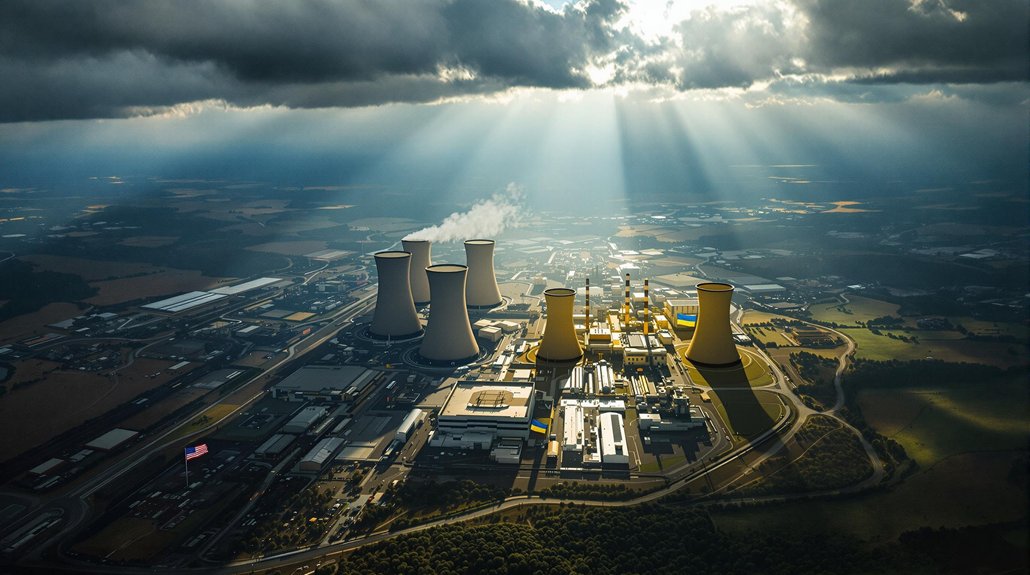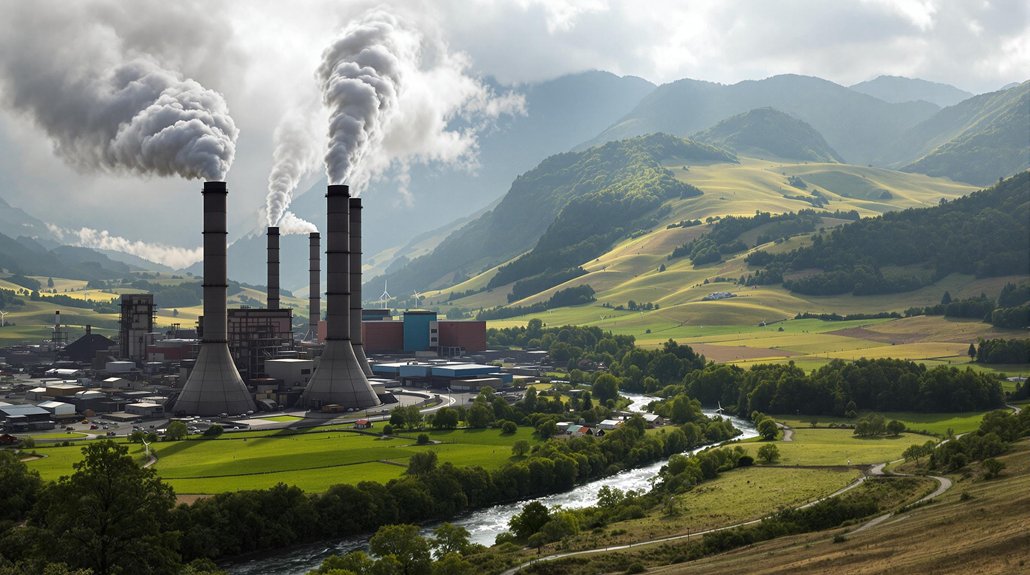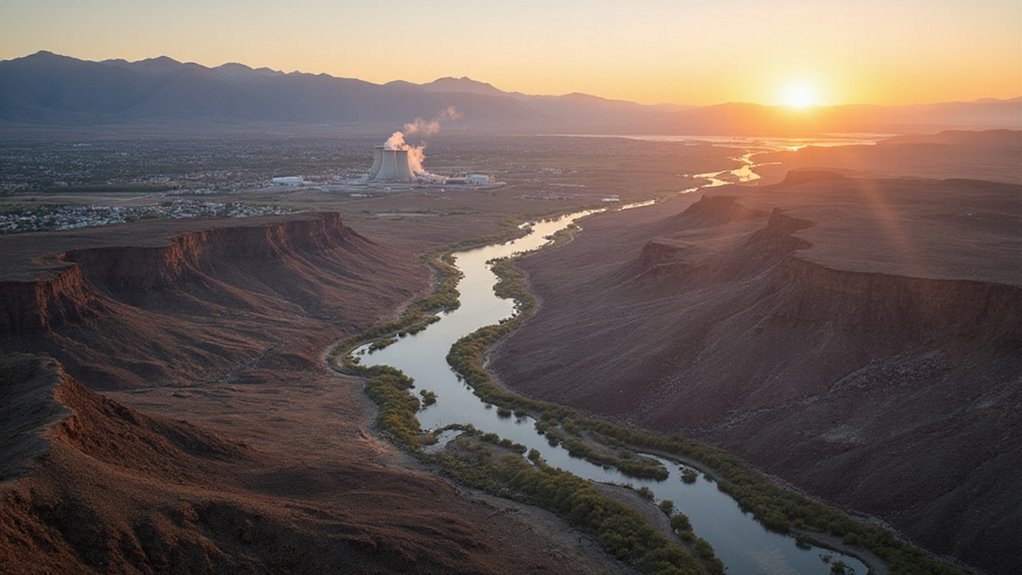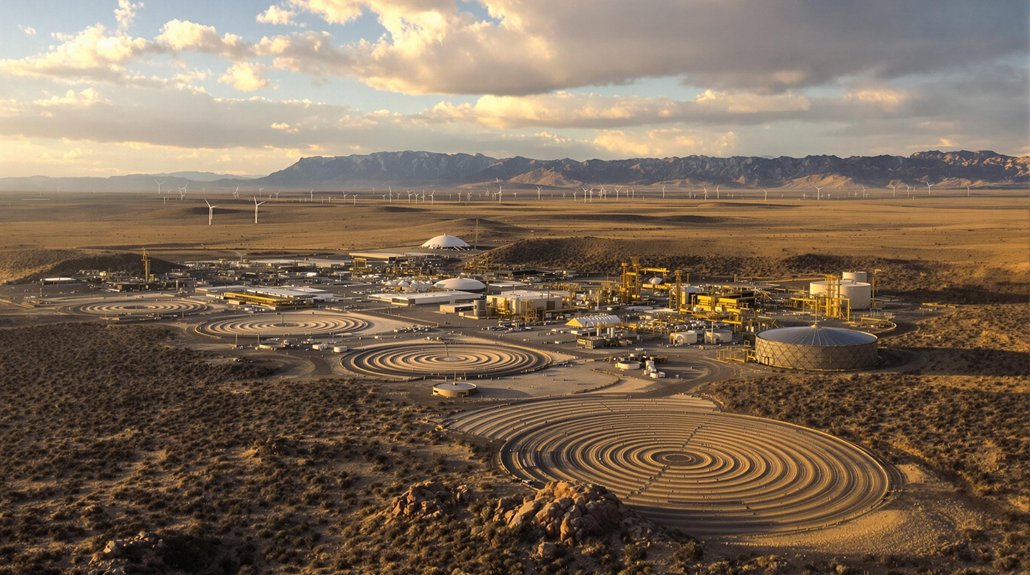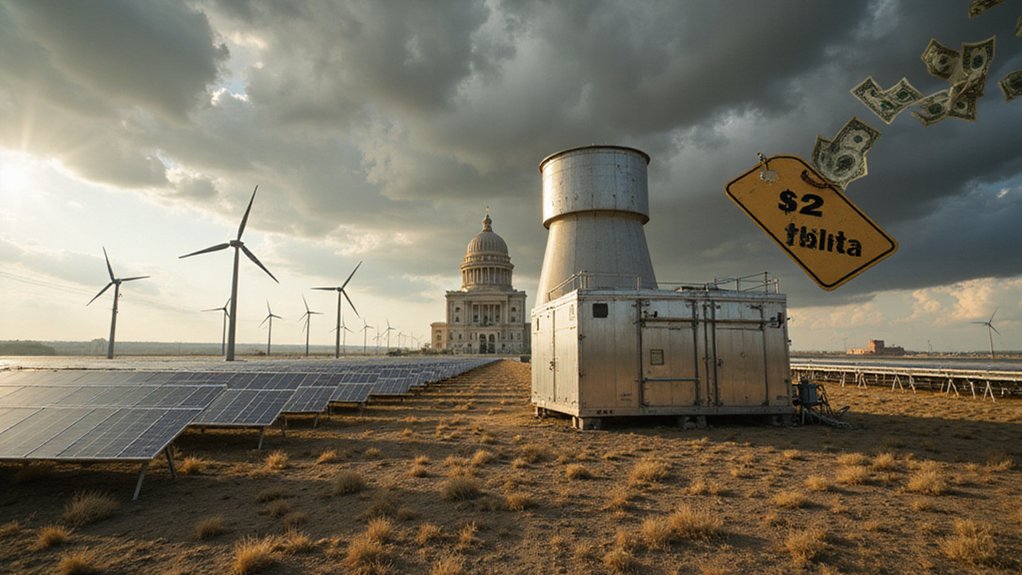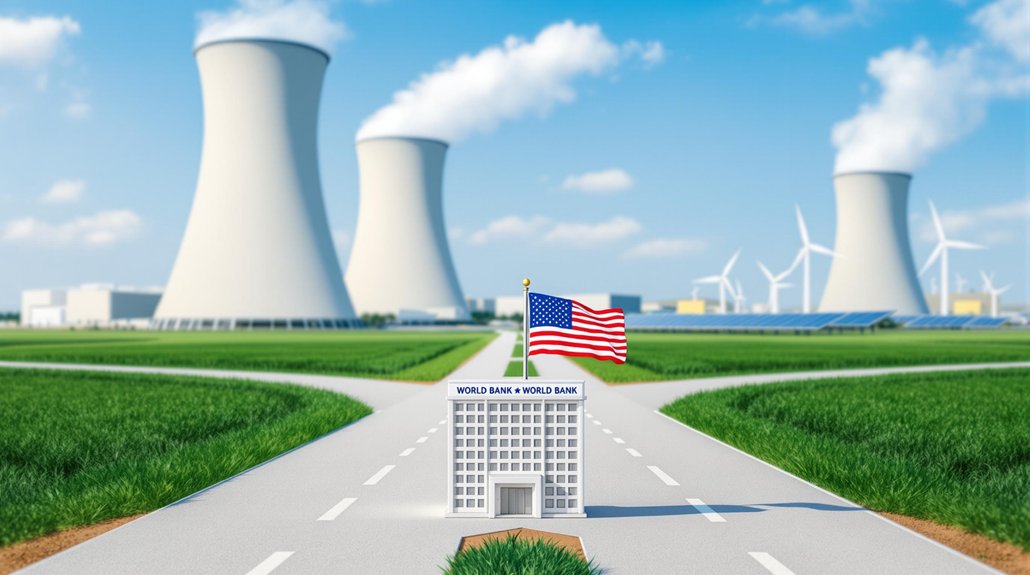President Trump proposed American control of Ukraine’s nuclear plants in March 2025. The audacious move came after a failed mineral rights grab, targeting Zaporizhzhia, Europe’s largest facility. President Zelenskyy flatly rejected it, calling the plants Ukraine’s “security guarantee.” NATO allies and nuclear watchdogs raised alarms. Seriously, who tries to take over another country’s nuclear infrastructure? The full story reveals a troubling pattern of exploitation.
While war continues to ravage Ukraine’s eastern territories, a different kind of power struggle has emerged behind closed doors. President Trump recently shocked international observers by proposing that the United States take control of Ukraine’s nuclear power plants during a March 2025 call with President Zelenskyy. The audacious offer came after a failed attempt to secure Ukrainian mineral rights—because why stop at rocks when you can have nuclear reactors?
Ukraine’s nuclear infrastructure is no small prize. With 15 reactors across four plants providing over half the nation’s electricity, it’s valued in the billions. The crown jewel, Zaporizhzhia—Europe’s largest nuclear facility and formerly responsible for 20% of Ukraine’s power—sits in Russian-occupied territory since 2022. Trump’s proposal specifically targeted this plant.
Ukraine’s nuclear assets: 15 reactors powering a nation—with Zaporizhzhia, the occupied crown jewel, as Trump’s primary target.
The administration’s justification? American expertise could better protect and modernize these facilities. They framed it as a clever alternative to direct military guarantees. Because nothing says “we’ve got your back” quite like taking your power grid.
Zelenskyy wasn’t buying it. He firmly rejected ceding control, calling the nuclear plants a “guarantee of security” for Ukraine. He also noted that disposing of state-owned stations would be illegal. Funny how sovereignty works that way.
The proposal raised eyebrows among NATO allies and nuclear watchdogs. The IAEA continues to warn about accident risks at Ukraine’s plants, particularly Zaporizhzhia. Questions about the legality under international nuclear agreements remain unanswered. The Trump administration’s push for nuclear plant control follows a concerning pattern of exploitation that began with attempts to secure Ukrainian mineral rights for American interests.
The irony isn’t lost on historians. Ukraine once held the world’s third-largest nuclear arsenal after the Soviet collapse. They gave it all up by 1996 in exchange for security guarantees—including from Russia. Those worked out great, obviously.
If implemented, this nuclear takeover could dramatically alter Eastern Europe’s power dynamics. It might impact peace negotiations with Russia and certainly raises questions about Ukrainian sovereignty. America’s motives? Protection or profit? Maybe both. Either way, Ukraine isn’t ready to plug into America’s power play. Zelenskyy confirmed his readiness to pause attacks on Russia’s energy infrastructure as part of broader peace talks.
